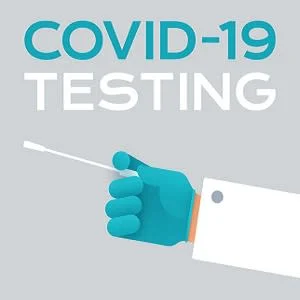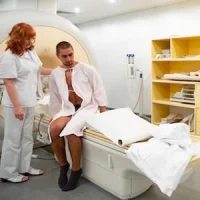The sensitivity and specificity of any given diagnostic test are independent of the prevalence of the disease. However, in reality, the sensitivity and specificity varies depending on the prevalence of the disease. Variations in prevalence may occur due to the spectrum of the disease, verification bias, patient selection, and misclassification of reference standards. These factors are not easy to predict but in general, higher or lower prevalence usually does not lead to a change in specificity or sensitivity.
The COVID-19 pandemic has opened a whole new window into the world of diagnostic testing. From November 2019 when the prevalence of COVID-19 had moved from zero percent to a much more significant number, the infection has caused confusion and chaos in clinical medicine. What is known is that the prevalence of this disease changes all the time.
At present, clinicians are moving forward almost blindly when it comes to diagnosis and treatment because for them, the only way to manage this disease and the patients is to treat symptoms and situations as they happen. On the diagnostic side, questions that are constantly being asked include: who should be tested, when should the testing be done, how often should the testing be done, and what do the results mean? In each case, clinicians are forced to quickly adapt to the clinical scenario because there are no universal guidelines, which is understandable since this is a new disease.
The most important diagnostic test being used for COVID-19 is the reverse polymerase chain reaction using swabs taken from the oropharynx and/or nasopharynx. In patients with pneumonia, lower airway secretions can also be tested. However, the detection rate from each of these sites varies and may change during the course of the illness. Some reports indicate a sensitivity of throat samples to be 60% at initial presentation, but the numbers are higher in symptomatic patients and in those with severe disease. Therefore, it matters when and how the patient is tested.
A Chest CT scan is often used to support the diagnosis of COVID-19. The CT usually shows bilateral ground-glass opacities with or without consolidation in the lower lobes. The peak imaging findings tend to occur around day 10, followed by a gradual regression after 14 days after symptom onset. In one retrospective study which used throat swab tests in over 1,000 Chinese patients, there was a 97% sensitivity and a 25% specificity for the chest CT. The disease prevalence was also high at the time (59%). However, researchers question what the CT scan would have shown if the study had used sputum samples as a reference standard.
The COVID-19 outbreak has undermined the external validity of diagnostic tests. The disease is ever-changing and when to perform the test, what test to perform, and what the test results mean are questions that all clinicians need to answer when looking after infected patients. More important is the sequence of testing.
As of May 2020, more than 8,200 articles have been published on COVID-19, but there still remains uncertainty about the infection, its diagnosis, and treatment. Unfortunately, many of the articles currently published are flawed with suboptimal design, few participants, lack of universal testing criteria, biased patient cohort, and lack of valid reference standards. The CT findings are not specific and there is no means of differentiating the findings from other infections. The rush to publish has created more confusion than clarity. Clinicians need to use good clinical acumen when looking after COVID-19 patients.
Source: Radiology
Image Credit: iStock
References:
Sardanelli F, Di Leo G (2020) Assessing the Value of Diagnostic Tests in the New World of COVID-19 Pandemic. Radiology. doi.org/10.1148/radiol.2020201845
Latest Articles
Imaging, X-ray, CT scans, chest x-ray, COVID-19
Value of Diagnostic Tests in World of COVID-19










